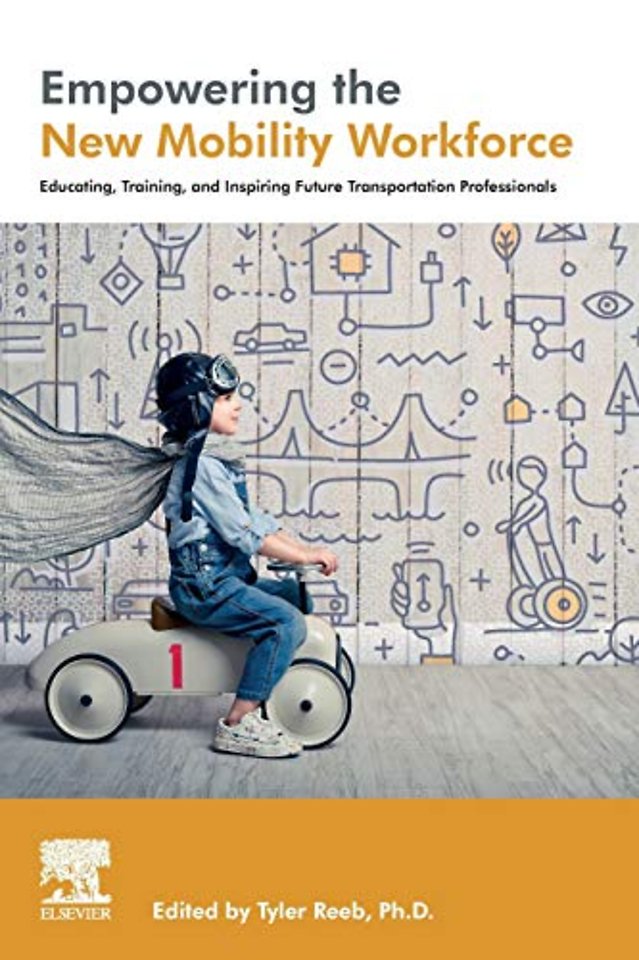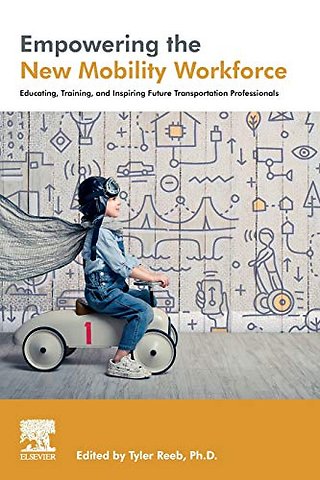Empowering the New Mobility Workforce
Educating, Training, and Inspiring Future Transportation Professionals
Samenvatting
Empowering the New Mobility Workforce: Educating, Training, and Inspiring Future Transportation Professionals enlists a multidisciplinary roster of subject matter specialists who identify the priorities and strategies for cultivating a skilled workforce for the rapidly changing transportation landscape. Transportation employers will need to hire 4.6 million workers—1.2 times the current transportation workforce—in the next decade. The book explores how leaders in education, industry and government can work together to create an ecosystem that facilitates learning and upskilling for emerging and incumbent transportation workers. Readers will learn how to conduct labor market analyses and develop competency models to adapt their workforce.
This book will empower readers to establish ongoing communities of practice that cultivate sustainable career pathways that respond to ever-evolving socioeconomic trends and transformational technologies.
Specificaties
Inhoudsopgave
Net verschenen
Rubrieken
- aanbestedingsrecht
- aansprakelijkheids- en verzekeringsrecht
- accountancy
- algemeen juridisch
- arbeidsrecht
- bank- en effectenrecht
- bestuursrecht
- bouwrecht
- burgerlijk recht en procesrecht
- europees-internationaal recht
- fiscaal recht
- gezondheidsrecht
- insolventierecht
- intellectuele eigendom en ict-recht
- management
- mens en maatschappij
- milieu- en omgevingsrecht
- notarieel recht
- ondernemingsrecht
- pensioenrecht
- personen- en familierecht
- sociale zekerheidsrecht
- staatsrecht
- strafrecht en criminologie
- vastgoed- en huurrecht
- vreemdelingenrecht

